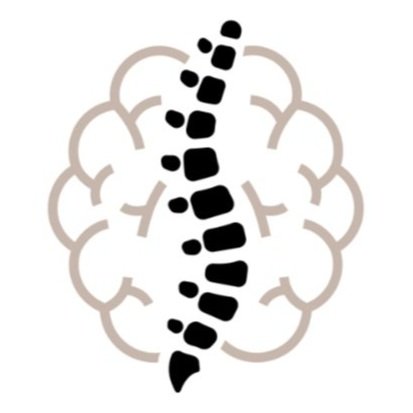Could Rib Mobility be the Culprit?
Ribs can affect pain in a few ways. For example, if the ribs are injured or inflamed, they can cause pain that radiates to the neck and chest creating a sharp pain while breathing. Additionally, tight muscles in the rib cage or neck can cause back pain, headaches, shoulder or arm pain, and even restrict the range of motion in your neck or shoulders.
Rib dysfunction could come from:
Stiff of decreased rib expansion
Trauma such as whiplash
Poor posture
Muscle tightness
Decreased core strength
Disordered breathing mechanics
COVID
Manual interventions such as myofascial release and joint mobilization to your thoracic spine or ribs can help decrease symptoms. Another great way is by restoring your breathing mechanics.
Focusing on breathing mechanics and rib cage mobility has excellent benefits for different reasons. Not only are you increasing oxygenation to your brain and muscles, but also reducing anxiety by slowing down the heart rate and calming the nervous system. Restoring rib mechanics and decreasing muscle tension is a great way to allow your body to heal itself.
Rib dysfunction can feel like:
Neck and shoulder pain
Decreased back and shoulder mobility
Sharp pain during breathing or chest pain
Headaches
Jaw pain
Referred pain or numbness/tingling to head, arms, or hands
Feeling like a knot in your back
Decreased ability to take a full breath
Reducing physical and physiological symptoms caused by disordered breathing mechanics requires ensuring good rib and pelvic positioning and restoring diaphragmatic activity.
Physical therapy can help with this. Other modalities that will be used during physical therapy treatment include:
Massage to the scalenes, intercostals, serratus anterior, latissimus dorsi
Diaphragm release
Diaphragmatic breathing
Strengthening of the core muscles
Strengthening of the posture muscles
If you are having some of the symptoms above, consider checking out your rib cage mobility.

